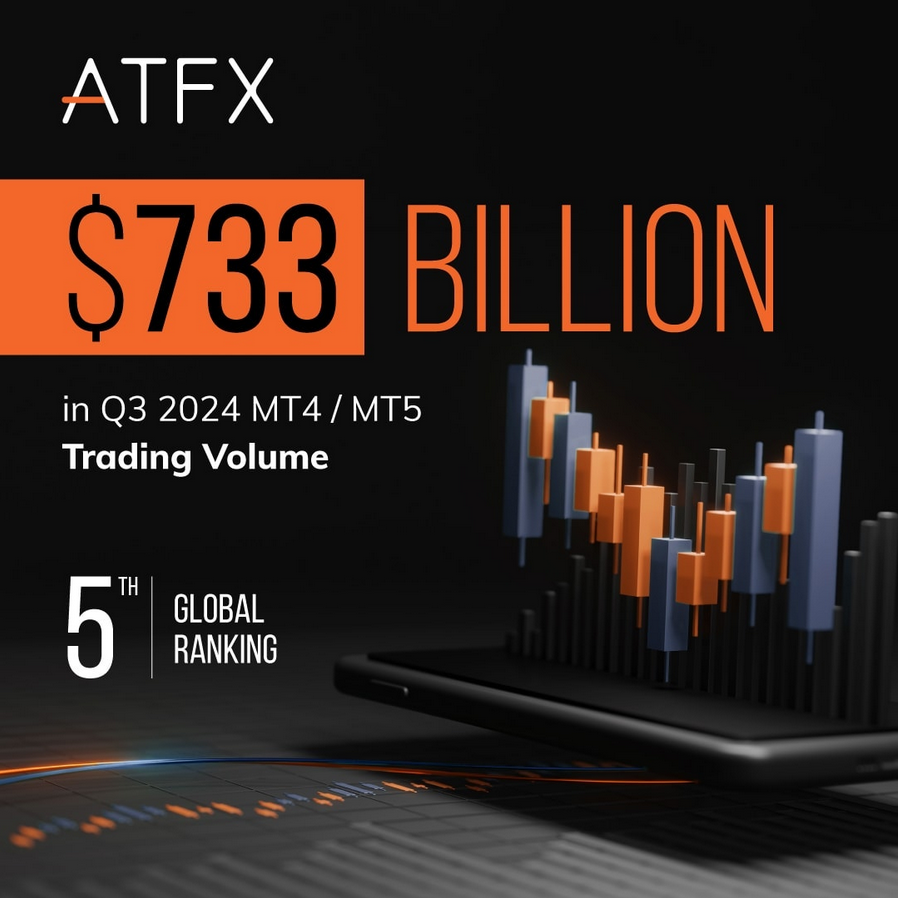The euro weakened as the US dollar gained and ECB comments hinted at further rate cuts, despite improving German sentiment. EUR/USD may drift lower if 1.1489 fails to hold. The British pound declined after soft inflation data raised chances of a Bank of England rate cut, pushing GBP/USD into a bearish phase below key resistance. The yen remained under pressure due to weak trade and industrial data, while the Bank of Japan stayed cautious; USD/JPY may rise further unless 144.40 breaks. Gold held firm amid rising geopolitical tensions, maintaining a bullish tone unless it dips below 3375.
🇪🇺/🇺🇸 EUR/USD Outlook – Euro vs U.S. Dollar
Uncertain Path Amid Diverging Policy Signals
The euro came under notable pressure as the US dollar strengthened broadly across the board. This weakness in the euro followed dovish remarks from European Central Bank Governing Council member Yannis Stournaras, who suggested the ECB could continue cutting interest rates if growth and inflation slow further. These comments weighed heavily on the euro despite a surprisingly upbeat ZEW Economic Sentiment survey from Germany, which pointed to improving confidence in Europe’s largest economy.
The euro’s struggle is emblematic of broader policy divergence: while the ECB appears increasingly inclined to ease monetary conditions to support growth, the Federal Reserve remains hesitant to commit to cuts amid persistent inflation. All eyes are now on the Fed’s policy decision, dot plot updates, and Chair Powell’s commentary, as the market gauges whether rate cuts in the US are indeed coming or will be pushed further into the year.
This tug-of-war between an easing ECB and a cautious Fed places EUR/USD in a vulnerable position. The pair declined sharply, breaking through key support and testing the 1.1489 level. Although some buyers emerged at this level, the reaction has lacked strength, suggesting bearish sentiment is still dominant. Should price fall below the next major support at 1.1373, the pair could be exposed to deeper downside moves.
Key Factors Affecting EUR/USD:
- Dovish ECB tone amid weak inflation expectations
- Resilient US economy, pushing Fed rate cut expectations further out
- Rising geopolitical risks driving safe-haven USD demand
- Key data: Eurozone CPI, US Federal Reserve decision, jobless claims
Support Levels: 1.1489, 1.1445, 1.1373, 1.1356
Resistance Levels: 1.1539, 1.1572, 1.1616
🇬🇧/🇺🇸 GBP/USD Outlook – British Pound vs U.S. Dollar
Uncertain Path Amid Diverging Policy Signals
The euro came under notable pressure as the US dollar strengthened broadly across the board. This weakness in the euro followed dovish remarks from European Central Bank Governing Council member Yannis Stournaras, who suggested the ECB could continue cutting interest rates if growth and inflation slow further. These comments weighed heavily on the euro despite a surprisingly upbeat ZEW Economic Sentiment survey from Germany, which pointed to improving confidence in Europe’s largest economy.
The euro’s struggle is emblematic of broader policy divergence: while the ECB appears increasingly inclined to ease monetary conditions to support growth, the Federal Reserve remains hesitant to commit to cuts amid persistent inflation. All eyes are now on the Fed’s policy decision, dot plot updates, and Chair Powell’s commentary, as the market gauges whether rate cuts in the US are indeed coming or will be pushed further into the year.
This tug-of-war between an easing ECB and a cautious Fed places EUR/USD in a vulnerable position. The pair declined sharply, breaking through key support and testing the 1.1489 level. Although some buyers emerged at this level, the reaction has lacked strength, suggesting bearish sentiment is still dominant. Should price fall below the next major support at 1.1373, the pair could be exposed to deeper downside moves.
Key Factors Affecting EUR/USD:
- Dovish ECB tone amid weak inflation expectations
- Resilient US economy, pushing Fed rate cut expectations further out
- Rising geopolitical risks driving safe-haven USD demand
- Key data: Eurozone CPI, US Federal Reserve decision, jobless claims
Support Levels: 1.1489, 1.1445, 1.1373, 1.1356
Resistance Levels: 1.1539, 1.1572, 1.1616
🇺🇸/🇯🇵 USD/JPY Outlook – U.S. Dollar vs Japanese Yen
Weak Japanese Data and BOJ Caution Keep Yen Under Pressure
The Japanese yen remained under pressure as a combination of disappointing domestic data and the Bank of Japan’s cautious stance fueled bearish sentiment. Key reports showed that Japanese exports fell in May, while orders for core machinery—a key proxy for business investment—declined. Sentiment among manufacturers also dropped in June, pointing to increasing domestic economic stress.
Meanwhile, the Bank of Japan opted to leave interest rates unchanged and indicated a gradual, measured approach to unwinding its massive balance sheet. This ultra-cautious stance contrasts sharply with the tightening or holding policies of other major central banks, making the yen an increasingly unattractive currency from a yield perspective.
The USD/JPY pair has been pushing higher, approaching resistance at 145.45 as buyers aim to test higher liquidity zones. With sentiment still weak for the yen and the US dollar supported by safe-haven flows and hawkish Fed expectations, the pair looks likely to sustain its bullish trend—unless the price fails to hold above the 144.40 support level. A breach below 142.77 would be the first strong signal of a deeper retracement.
Key Factors Affecting USD/JPY:
- Weak Japanese economic data impacting domestic confidence
- BOJ’s reluctance to shift away from ultra-easy policy
- USD strength amid higher yields and Fed caution
- Key data: Japan trade balance, Fed statement and projections
Support Levels: 144.40, 143.88, 143.47, 142.76
Resistance Levels: 145.45, 146.27, 146.85
🌕 Gold (XAU/USD) Outlook – Gold vs U.S. Dollar
Safe-Haven Bid Meets Policy Crosscurrents
Gold prices remained elevated near the $3390 area as geopolitical risks and central bank policy uncertainty kept demand for safe-haven assets firm. Tensions in the Middle East remain high, with increasing Israeli military actions against Iran fueling investor caution. The possibility of broader regional instability has lent support to gold, traditionally favored during periods of geopolitical stress.
On the macroeconomic front, investors await clarity from the Federal Reserve. If the Fed signals a delay in rate cuts or keeps a hawkish bias due to lingering inflation, gold may face some headwinds from rising real yields. Conversely, any signs of economic weakness in the US could reignite dovish speculation, helping gold extend gains.
Technically, gold continues to trade in a bullish structure but remains range-bound between strong support at 3375 and resistance near 3405. A break above 3405 would likely trigger renewed momentum toward 3444 and possibly higher. However, a failure to defend the 3375 level could result in a deeper pullback toward 3338 or 3303.
Key Factors Affecting Gold:
- Escalating geopolitical risk in the Middle East
- Uncertainty surrounding Fed rate path and economic projections
- Inflation dynamics and safe-haven demand
- Key data: US Fed rate decision, economic projections, jobless claims
Support Levels: 3375, 3338, 3303, 3272
Resistance Levels: 3405, 3444, 3500
📊 Summary Table: As of June 19, 2025
| Instrument | Bias | Key Factors Impacting Price | Support Levels | Resistance Levels |
|---|---|---|---|---|
| 🇪🇺 EUR/USD | Bearish | Dovish ECB rhetoric, US economic resilience, Fed decision pending | 1.1489, 1.1445, 1.1373 | 1.1539, 1.1572, 1.1616 |
| 🇬🇧 GBP/USD | Bearish | Slowing UK inflation, BoE rate cut potential, USD strength | 1.3435, 1.3390, 1.3333 | 1.3463, 1.3522, 1.3583 |
| 🇯🇵 USD/JPY | Bullish | Weak Japan data, BOJ cautious, USD yield advantage | 144.40, 143.88, 142.76 | 145.45, 146.27, 146.85 |
| 🪙 XAU/USD | Bullish | Geopolitical risk, Fed clarity awaited, safe-haven demand | 3375, 3338, 3303 | 3405, 3444, 3500 |









